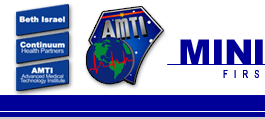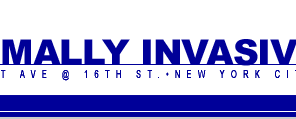The common bile duct is a tube that connects the liver, gallbladder, and pancreas to the small intestine and helps to deliver fluids that aid digestion. A cholangiogram is an x-ray that determines if a stone is blocking the flow of bile from the liver and gallbladder to the intestines. A common bile duct exploration is indicated if a stone is blocking the common bile duct. One of the complications of common bile duct blockage is jaundice, a condition that results in a yellow color of the skin and whites of the eyes. If a stone in the common bile duct is not removed, the duct may become infected, resulting in emergency surgery. Common bile duct exploration is often done during surgery to remove the gallbladder. If surgery is the form of treatment your doctor recommends, physicians at the Cleveland Clinic who specialize in this procedure can determine if laparoscopic surgery is appropriate for you.
How is laparoscopic common bile duct exploration performed?
Laparoscopic surgery uses a thin, telescope-like instrument called a laparoscope, which is inserted through a small incision in the flank (the fleshy part of the side between the ribs and hip). The laparoscope is connected to a tiny video camera – smaller than a dime – which projects a view of the operative site onto video monitors located in the operating room. Two or three additional small incisions are made near the laparoscope through which the surgeon inserts specialized surgical instruments. The surgeon uses these instruments to explore the common bile duct and adjacent structures. Once the stones are located, a flexible endoscope is used to retrieve them. A temporary tube, called a T-tube, may be in place after the operation to drain excess bile. Following the procedure, the small incisions are closed with sutures and covered with surgical tape. After a few months, they are barely visible.
What are the benefits?
• Three or four tiny scars instead of one large abdominal scar
• Shorter hospital stay – you may leave the same day or the day after surgery
• Reduced postoperative pain
• Shorter recovery times – days instead of weeks – and quicker return to daily activities, including work
What can I expect after surgery?
It is important to follow your doctor’s instructions after surgery. Although many people feel better in just a few days, you may need to take it easy for two to four weeks.
How safe is laparoscopic common bile duct exploration?
If performed by experts in this field, laparoscopic common bile duct exploration is as safe as “open” surgery in carefully selected cases.
Appointment
To schedule an appointment, please call 212.420.4337
Contact Webmaster with questions or comments
Copyright © 2005 Advanced Medical Technology Institute
|










